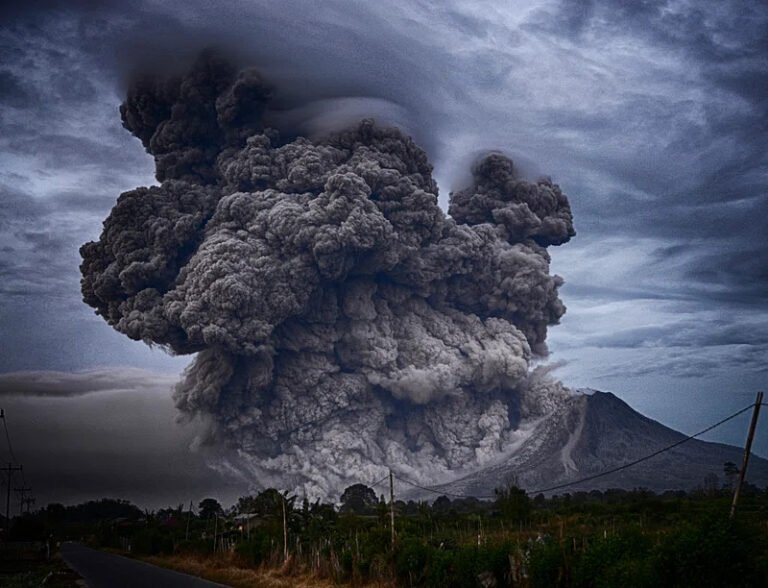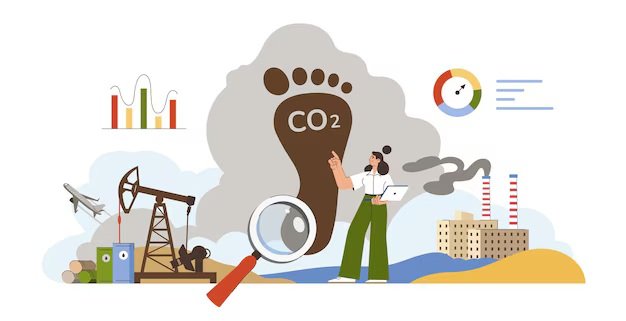What is Human-Environment Interaction? Examples and Impacts
Human-environment interaction is something we all experience daily, even if we don’t always notice it. It’s the way we shape the world around us and how the world, in turn, affects us. From the food we grow to the homes we build, our lives depend on nature. At the same time, our choices—like cutting down forests, burning fossil fuels, or conserving water—leave lasting marks on the environment.
Think about it: Cities rise where forests once stood, rivers are dammed to provide power, and farmland expands to feed growing populations. These changes have allowed civilisations to thrive, but they also bring challenges like pollution, climate change, and loss of biodiversity. The way we interact with nature today will shape the future of our planet.
In this guide, we’ll break down human-environment interaction in simple terms. We’ll explore real-life examples, look at their effects—both good and bad—and discuss ways we can make more sustainable choices. By understanding this relationship better, we can learn how to live in harmony with nature rather than just taking from it. After all, the health of our planet impacts us all.
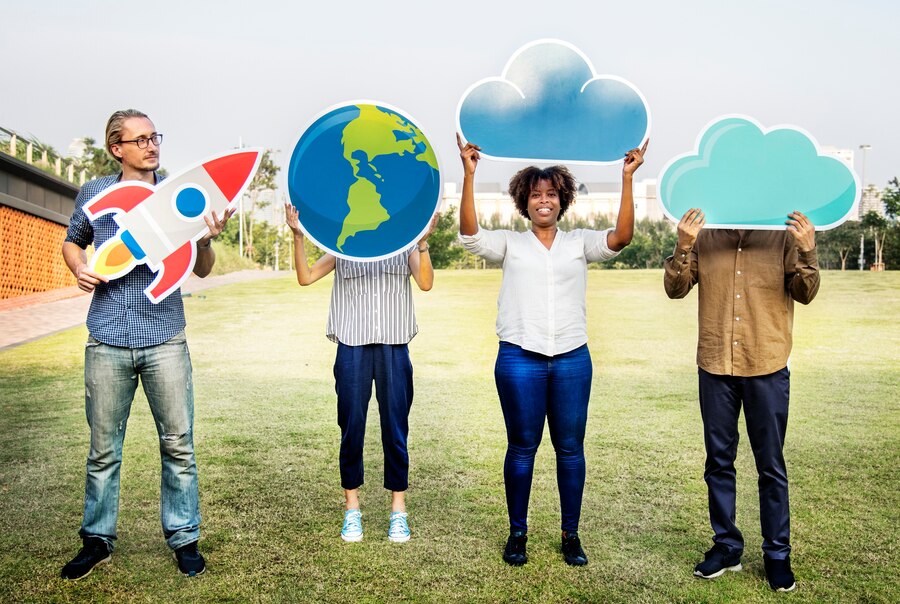
In This Article
- Understanding Human-Environment Interaction
- Examples of Human-Environment Interaction
- Impacts of Human-Environment Interaction
- Moving Towards Sustainable Interaction
- Conclusion
Understanding Human-Environment Interaction
Human-environment interaction refers to the dynamic relationship between people and their surroundings—it’s about how we, as people, connect with the world around us. Every single day, we depend on nature, adjust to its challenges, and sometimes even change it to suit our needs. These interactions shape how we live, from the way we get our food to the cities we build.
Three Ways We Interact with Our Environment
- Dependency: We rely on nature for the essentials—clean air to breathe, water to drink, and food to eat. Our survival depends on what the environment provides.
- Adaptation: Over time, humans have learned to adjust to their surroundings. People in cold climates wear warm clothing, while those in hot regions design homes that stay cool. We don’t just endure our environment; we learn to live with it.
- Modification: Unlike other species, humans have the unique ability to reshape their surroundings. We clear forests for cities, build dams to control water, and create roads to connect communities. Sometimes these changes make life easier, but they can also have consequences like pollution and climate change.
The Netherlands’ Battle Against Water
One of the best real-life examples of human adaptation and modification is the Netherlands. Much of the country lies below sea level, meaning floods were a constant threat. Instead of abandoning their land, the Dutch took action. They built dikes, canals, and pumping systems to keep the water at bay. Today, their water management system is one of the most advanced in the world, allowing people to live safely in areas that would otherwise be underwater.
This story teaches us a valuable lesson—humans are incredibly resourceful. When faced with environmental challenges, we find ways to adapt and innovate. However, as we modify our surroundings, we must also consider the long-term effects of our actions. Striking a balance between development and sustainability is key to ensuring a future where both people and nature thrive.
Learn More: 20 Environmental Sustainability Quotes
Examples of Human-Environment Interaction
1. Agriculture and Land Use
For thousands of years, humans have relied on the land for food. Agriculture is one of the most important ways we interact with nature. By planting crops, raising livestock, and managing soil and water, people have transformed entire landscapes to feed growing populations. However, while farming has made life possible for billions, it has also led to some environmental challenges.
Example: The Green Revolution of the mid-20th century brought major advancements in food production. Scientists developed high-yield crops and chemical fertilisers, allowing farmers to grow more food than ever before. This helped reduce hunger worldwide, but it came at a cost. Overuse of fertilisers led to soil degradation, water pollution, and a loss of biodiversity. Now, many farmers are turning to sustainable farming methods, like crop rotation and organic fertilisers, to fix these problems.
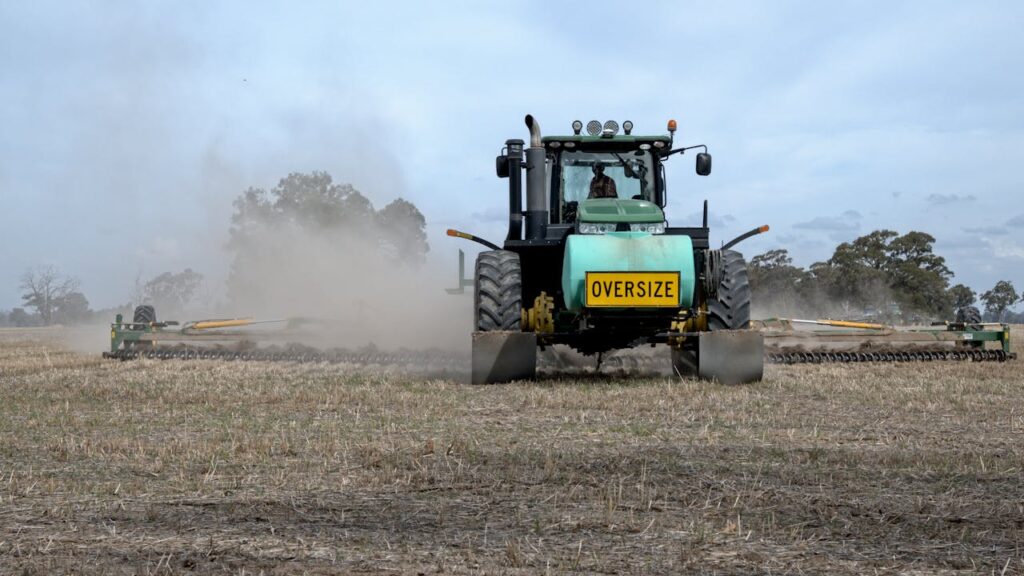
2. Urbanisation and Infrastructure
As populations grow, people need places to live, work, and travel. This has led to massive urbanisation, where cities expand, and natural landscapes are replaced with buildings, roads, and other infrastructure. While cities offer jobs, culture, and convenience, they also come with environmental challenges like air pollution, heat islands, and loss of green spaces.
Example: Los Angeles, California, is a classic case of urbanisation’s impact on the environment. Over the years, LA has grown into one of the largest cities in the world, with millions of people and cars. This has led to serious traffic congestion and high levels of air pollution. But the city is working on solutions. More green roofs, electric buses, and urban farming initiatives are helping reduce pollution and make the city more sustainable.

3. Climate Change and Human Impact
Perhaps the most concerning way we interact with the environment is through climate change. By burning fossil fuels like coal, oil, and gas, we release carbon dioxide and other greenhouse gases into the air. This traps heat in our atmosphere, causing global temperatures to rise. The effects are already being felt—stronger storms, rising sea levels, and changing ecosystems.
Example: The Arctic is one of the most visible examples of climate change. Rising temperatures are causing ice to melt at an alarming rate. This doesn’t just affect polar bears and Arctic wildlife—it also leads to rising sea levels that threaten coastal cities around the world. Places like Miami and New York are already seeing increased flooding. Scientists and policymakers are working on solutions like reducing carbon emissions and developing climate-resilient infrastructure.
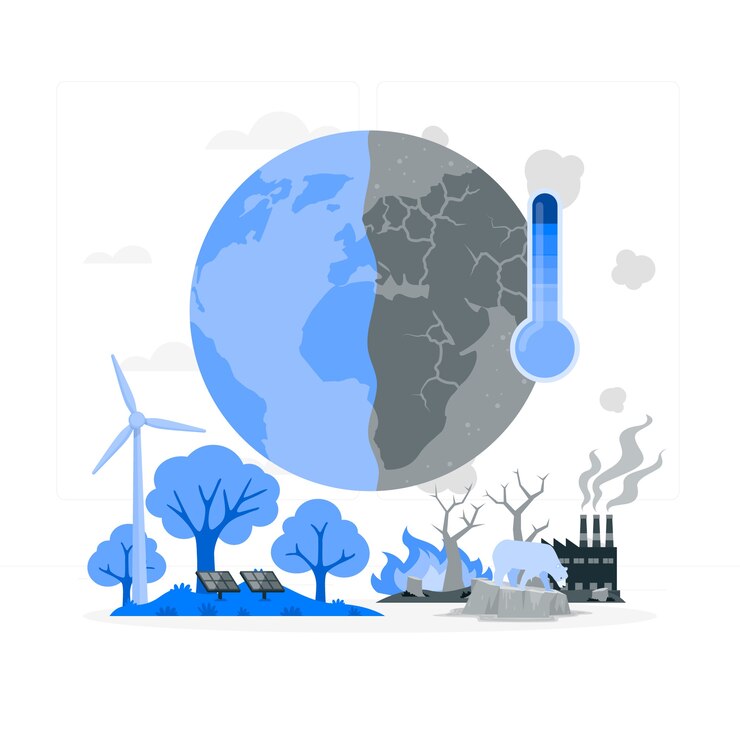
Impacts of Human-Environment Interaction
1. Environmental Consequences
Deforestation
Forests are the lungs of our planet, but we’ve cleared massive areas for farming, urban expansion, and industry. This loss isn’t just about trees; it disrupts ecosystems, threatens wildlife, and accelerates climate change by reducing the Earth’s ability to absorb carbon dioxide.
Pollution
Every day, factories, cars, and plastic waste contribute to pollution. Our air, rivers, and soil are increasingly contaminated, harming both human health and wildlife. Industrial waste, plastic in the oceans, and smog in cities are clear signs of how pollution is impacting our world.
Climate Change
Burning coal, oil, and gas releases greenhouse gases that trap heat in our atmosphere. This leads to rising global temperatures, extreme weather, and melting ice caps. The consequences are felt worldwide, from devastating wildfires to stronger hurricanes.
Habitat Destruction
As cities grow and farmland expands, natural habitats shrink. Animals are forced to relocate, and some species face extinction. The balance of nature is disrupted, making it harder for ecosystems to function properly.
2. Social and Economic Consequences
- Health Issues: Air pollution alone causes millions of respiratory illnesses each year. Contaminated water leads to disease outbreaks.
- Economic Costs: Floods, storms, and droughts—made worse by environmental changes—cost billions in damages and lost livelihoods.
- Cultural Shifts: Indigenous communities often lose their ancestral lands due to environmental destruction, forcing them to adapt or relocate.
Expert Insight: Dr. Jane Goodall, a leading voice for conservation, reminds us: “Every individual matters. Every individual has a role to play. Every individual makes a difference.” Her words serve as a call to action—we all have the power to protect the environment through the choices we make every day.
Learn More: Green Parenting: Raising Kids with a Minimal Carbon Footprint
Moving Towards Sustainable Interaction
Sustainable Practices
- Renewable Energy: Instead of burning fossil fuels that pollute the air and contribute to climate change, we can harness energy from the sun and wind. Solar panels on homes and businesses can generate clean electricity, and wind farms can power entire communities. These energy sources don’t run out, and they don’t harm the planet the way coal and oil do.
- Sustainable Agriculture: The way we grow our food matters. Conventional farming often relies on chemical pesticides and fertilisers that harm the soil and waterways. However, sustainable farming practices, like crop rotation and organic farming, keep the land healthy. Choosing organic and locally grown food supports farmers who take care of the earth.
- Conservation Efforts: Forests, oceans, and wildlife are under threat from deforestation, pollution, and climate change. Protecting these natural spaces is essential for biodiversity and for our own survival. Governments, organisations, and individuals can help by preserving forests, cleaning up oceans, and ensuring that endangered species have a safe habitat.
Personal Actions for a Greener Future
- Reduce, Reuse, Recycle: One of the easiest ways to reduce waste is to be mindful of what we consume. Cutting back on single-use plastics, repurposing old items instead of throwing them away, and recycling materials like paper, glass, and metal can significantly lower our environmental footprint.
- Support Sustainable Brands: Every purchase we make sends a message. Choosing brands that use sustainable materials, pay fair wages, and minimise pollution helps create demand for eco-friendly products. From clothing to household items, there are many companies prioritising sustainability.
- Advocate for Change: While individual actions are powerful, large-scale change happens when we speak up. Supporting policies that protect the environment, voting for leaders who prioritise sustainability, and spreading awareness about environmental issues can make a big difference.
Conclusion
Human-environment interaction is an ongoing process with profound consequences. While our modifications to nature have often led to challenges, sustainable practices can help mitigate negative impacts. By understanding our role in shaping the environment, we can take steps toward a more sustainable and harmonious relationship with the world around us. Every action counts, and the future of our planet depends on our choices today.

